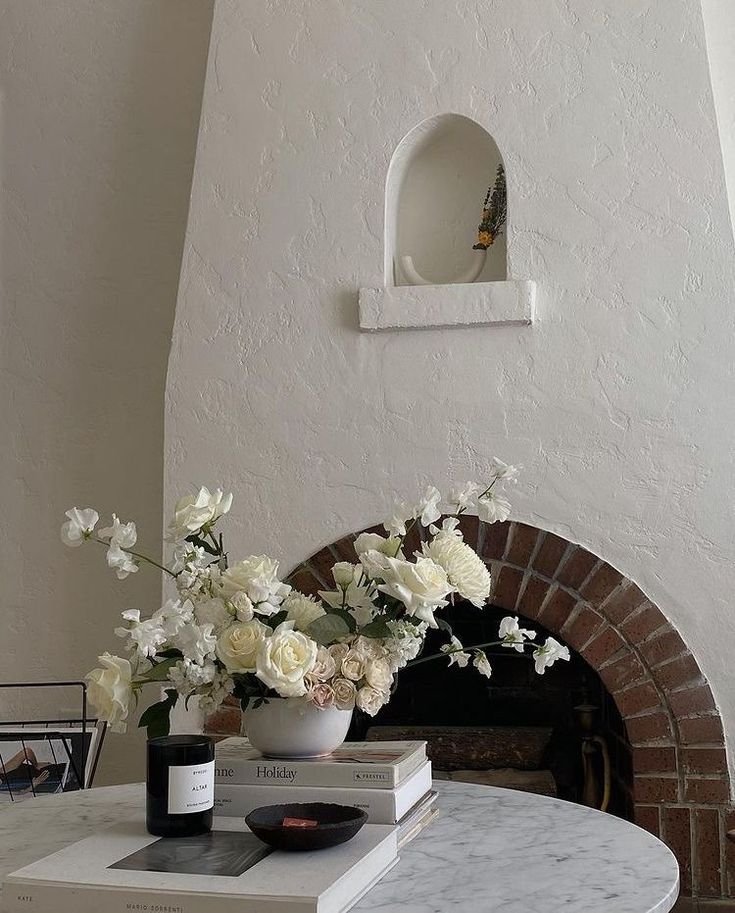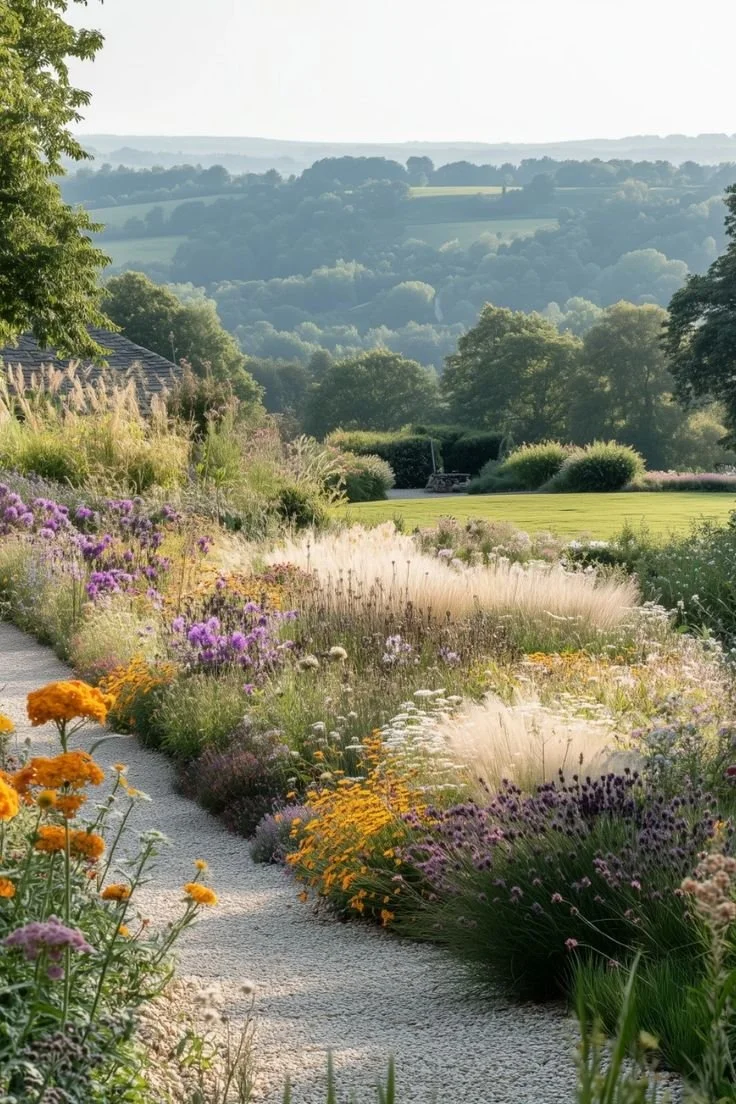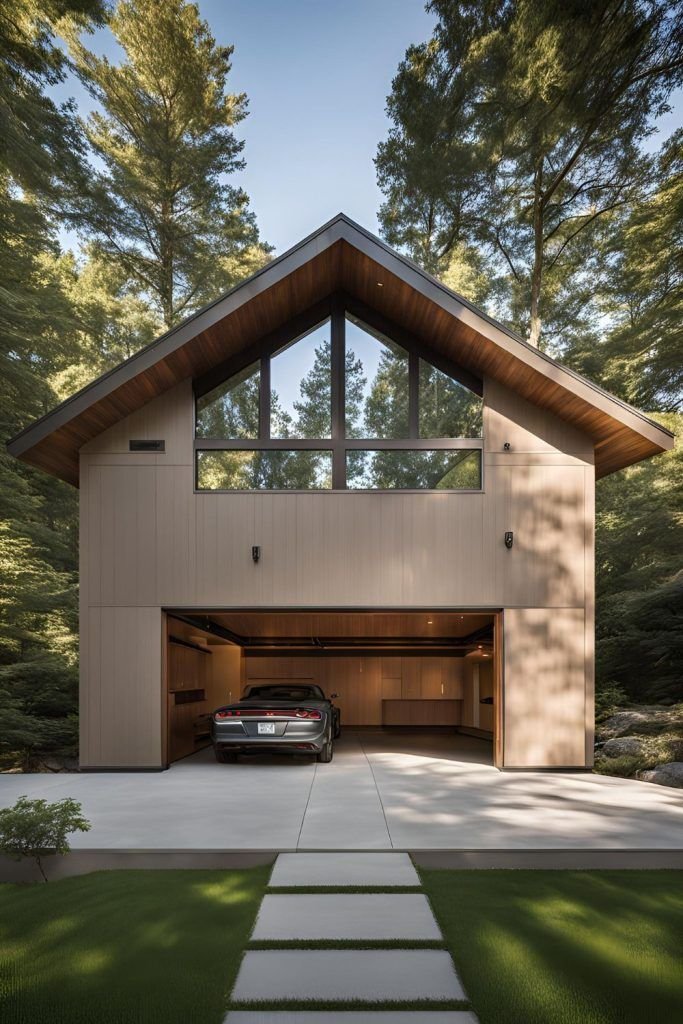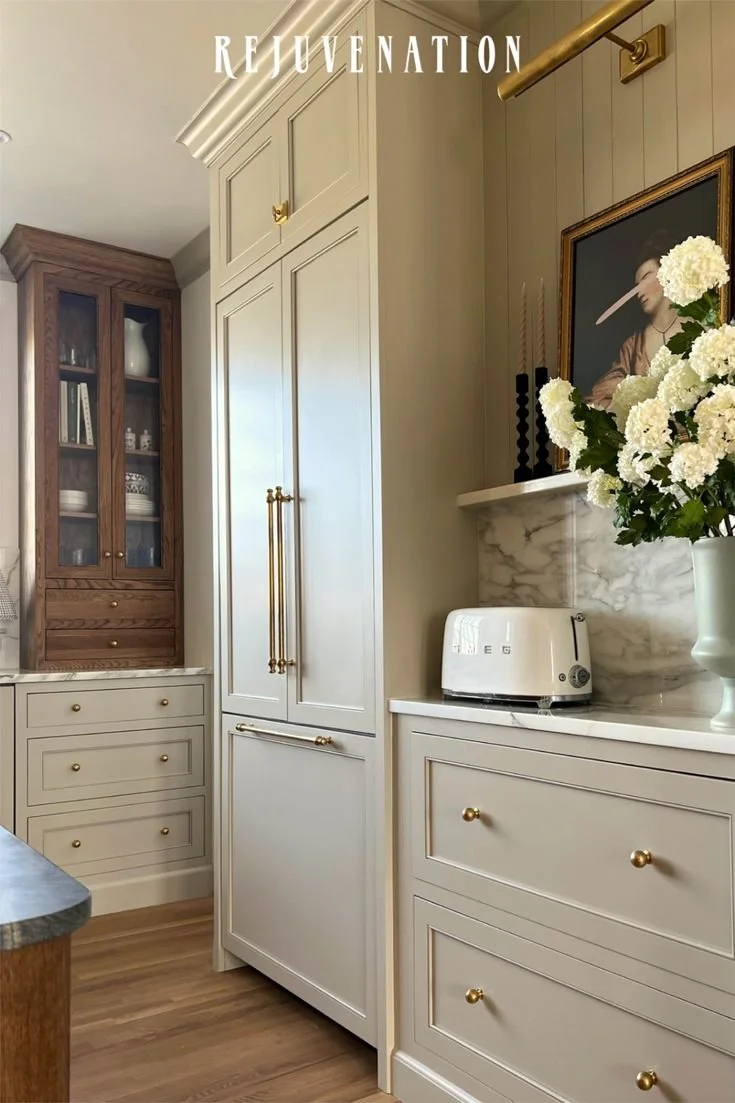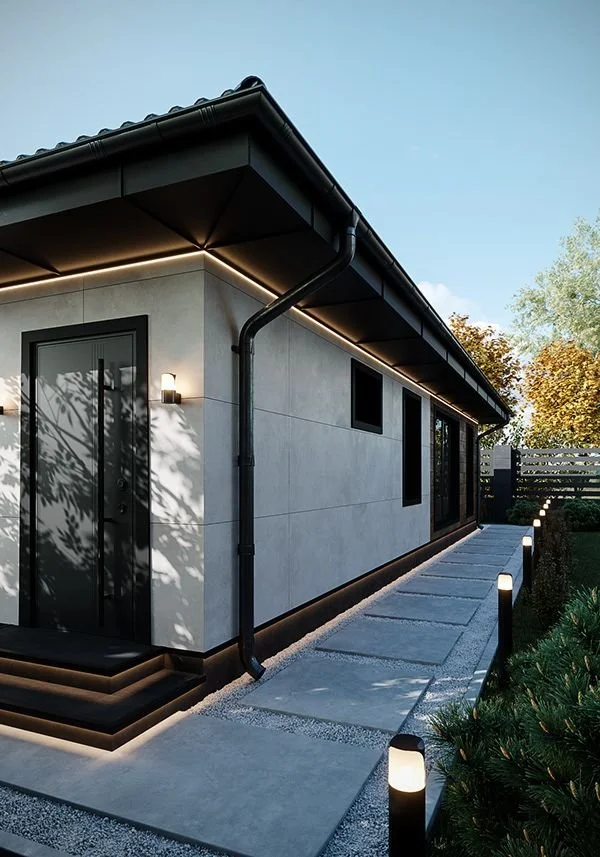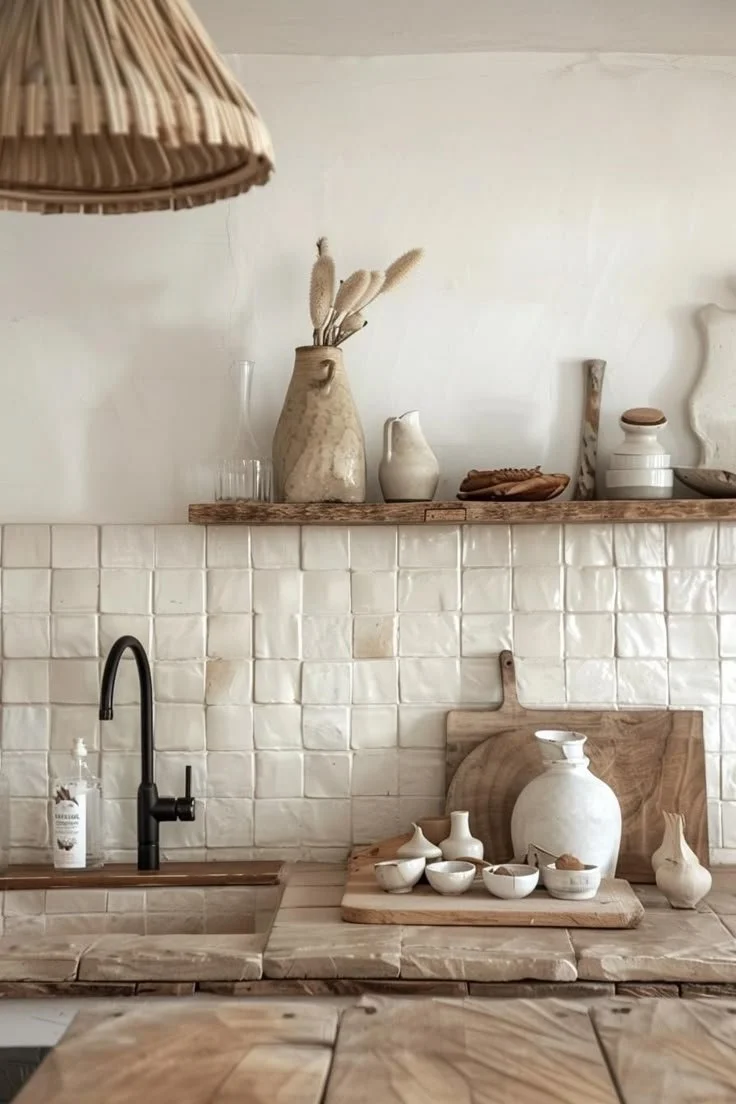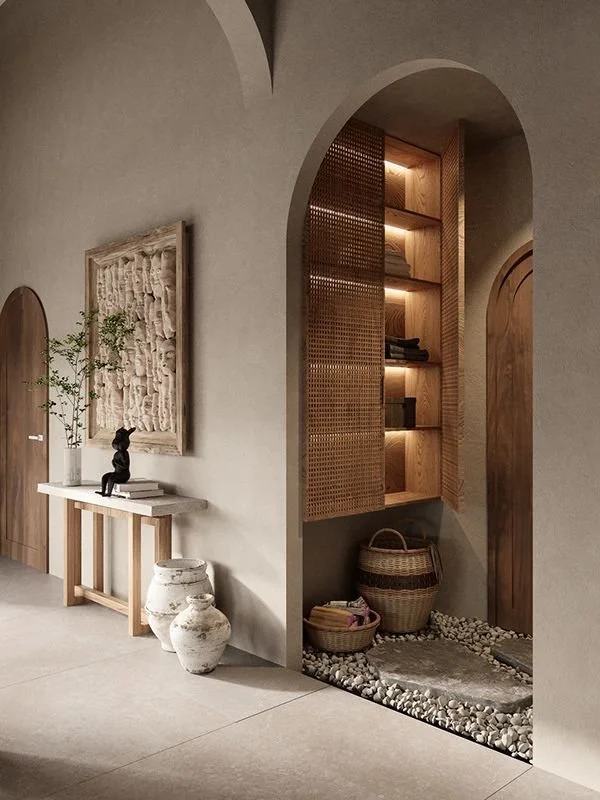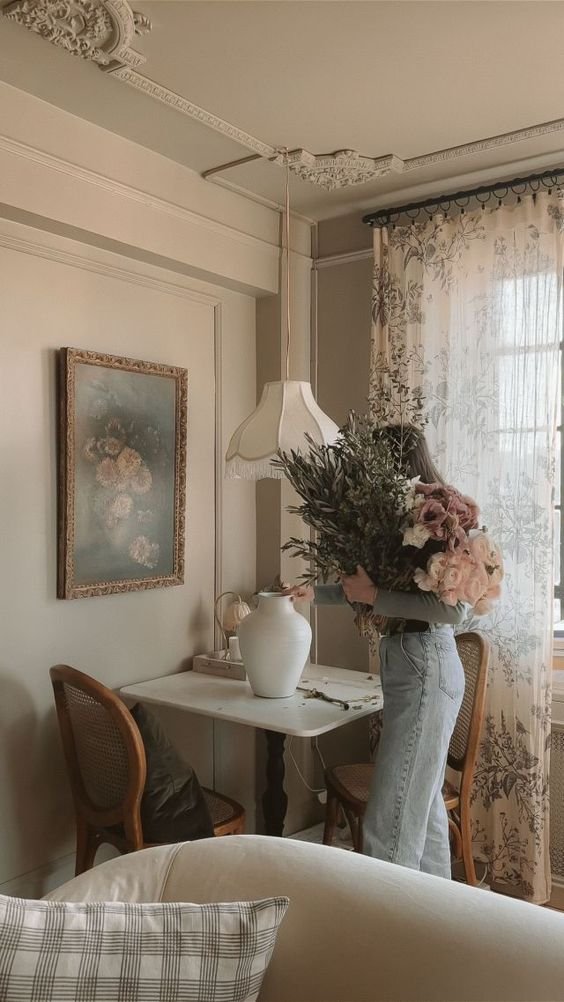In Rathdrum, Idaho, where the beauty of the changing seasons can be seen in the lush landscapes and the community activities that shift throughout the year, the importance of adapting our homes to these changes becomes evident. With each season comes a new set of outdoor gear, clothing, and household items that need to be managed to maintain a clutter-free and organized living space.
Seasonal home organization is not just about storage; it's about creating a living space that reflects the current season's activities, celebrations, and weather conditions, ensuring that your home supports your lifestyle efficiently.
This guide offers essential tips to seamlessly transition your home through the seasons, keeping it organized and ready for anything the Rathdrum weather has in store.
No. 1
Start with a Decluttering Session
The foundation of effective seasonal organization is thorough decluttering. As the season changes, take the opportunity to sift through your belongings.
This process involves evaluating what items you've used in the past season, what should be kept for the next, and what can be donated or discarded. Decluttering frees up space and simplifies the organization process, making it easier to transition your home for the upcoming season.
No. 2
Categorize Your Items Seasonally
After decluttering, the next step is to categorize your items based on the season they are used in. This method is particularly effective for clothing, sports equipment, and holiday decorations. By dividing your items into spring, summer, fall, and winter categories, you streamline the process of storing and retrieving them as needed.
No. 3
Utilize Offsite Storage Solutions
For those seasonal items that are bulky or not frequently used, such as ski equipment in the winter or camping gear in the summer, utilizing offsite storage solutions can be incredibly beneficial.
In Rathdrum ID storage facilities offer a convenient option to keep these items secure without taking up valuable space in your home. They provide a flexible, accessible way to manage your seasonal belongings, making it easy to swap out gear as the weather changes without overcrowding your living areas.
No. 4
Implement Seasonal Rotation in Closets
Closet space is often at a premium, and seasonal rotation is key to managing this limited resource.
Keep your current season's clothing front and center in your closet, while off-season garments are stored away in labeled bins or under-bed storage containers. This makes it easier to find what you need and also protects off-season items from dust and damage.
A systematic approach to rotating your wardrobe can significantly reduce closet clutter and streamline your daily routine.
No. 5
Optimize Garage and Shed Storage
Garages and sheds are prime real estate for storing seasonal tools and equipment, but without a system, they can quickly become cluttered and inefficient.
Start by categorizing items based on their use in specific seasons. Then, invest in shelving units, hooks, and clear storage bins to organize these items. Label everything clearly, and consider drawing up a floor plan to allocate specific zones for summer, fall, winter, and spring items.
This organization makes it easier to locate what you need and ensures that seasonal transitions are smooth and stress-free.
No. 6
Refresh Your Pantry and Kitchen
With the change of seasons comes a shift in eating habits and culinary preferences. Take the time to reorganize your pantry and kitchen to accommodate these changes.
Clear out any expired or unused items, and rearrange your shelves to prioritize seasonal ingredients and cooking tools. For example, summer might see an emphasis on grilling accessories and picnic supplies, while winter focuses on baking tools and hot beverage stations.
No. 7
Update Bedding and Linens
As the seasons shift, so too should the textiles in your home. Transitioning your bedding and linens is a practical adjustment for temperature changes and an opportunity to refresh your home’s look.
In warmer months, opt for lightweight, breathable fabrics that keep you cool and comfortable, such as cotton or linen. During colder seasons, switch to warmer materials like flannel or wool to provide cozy insulation against the chill.
Storing off-season bedding in vacuum-sealed bags can save space and protect them from dust and pests.
No. 8
Create a Seasonal Maintenance Checklist
A well-maintained home is key to comfortable living, regardless of the season. Each change in the weather brings specific home maintenance tasks that, if ignored, can lead to bigger issues.
Draft a seasonal maintenance checklist that includes tasks such as checking HVAC systems, cleaning gutters, sealing windows and doors, and preparing your garden for the next season's planting. Staying on top of these tasks ensures your home remains in optimal condition, offering a safe and comfortable space for you and your family.
No. 9
Designate Spaces for Seasonal Decor
Decorating your home according to the season can significantly enhance its ambiance and reflect the external changes in your environment. However, seasonal decor can quickly accumulate and lead to clutter.
To manage this, designate specific storage areas for your holiday and seasonal decorations. Use clear, labeled bins to organize decorations by holiday or season, making it easy to find and swap out items as needed. This system keeps your home organized and makes decorating for each season a hassle-free and enjoyable process.
No. 10
Involve the Whole Family
Seasonal home organization is a task best tackled as a team. Involve your family members in the process by assigning tasks suited to their abilities and interests. This could include sorting through personal belongings, helping with the seasonal decoration setup, or taking part in maintenance tasks.
Making seasonal organization a family activity not only lightens the workload but also fosters a sense of shared responsibility and teamwork, making the process more efficient and enjoyable for everyone involved.
Takeaways
Taking on the rhythmic changes of the seasons through thoughtful home organization can transform the way you experience your living space.
By implementing the tips outlined in this guide, from updating bedding and linens to involving the whole family in the process, you can ensure that your home accommodates the practical needs of each season and also reflects its unique charm and character.
Seasonal home organization is an opportunity to renew and refresh your space, making it a true reflection of the current time of year.
